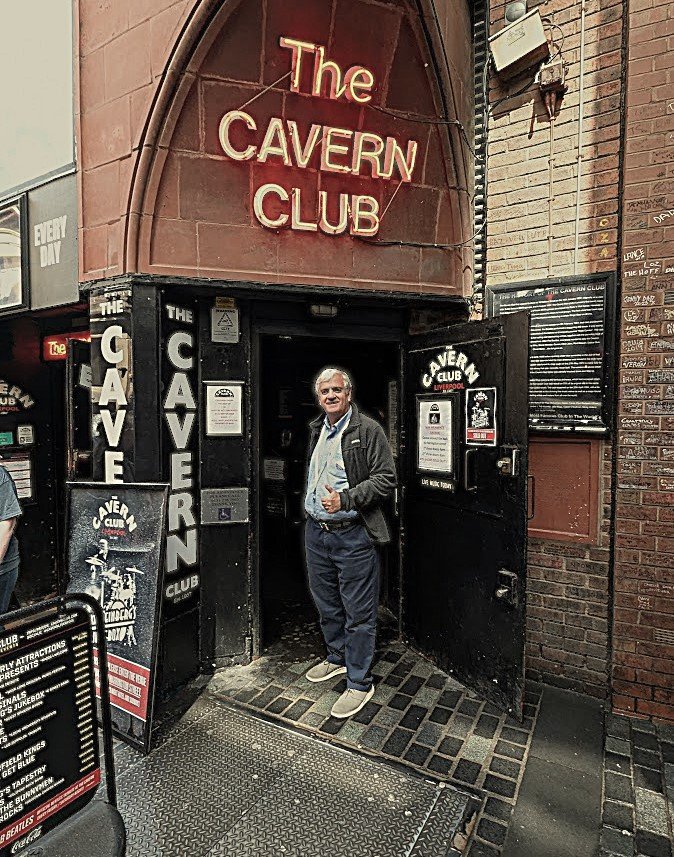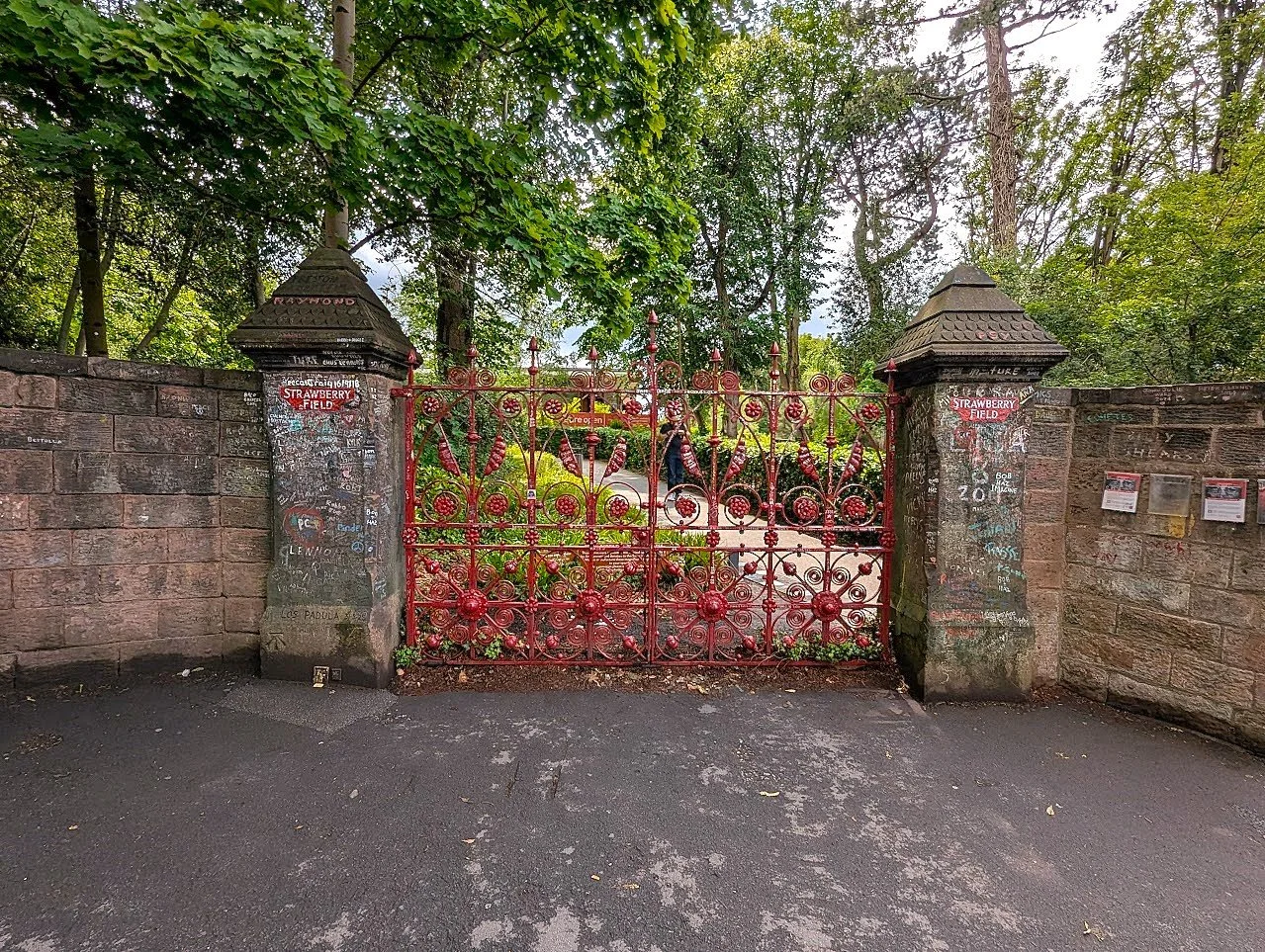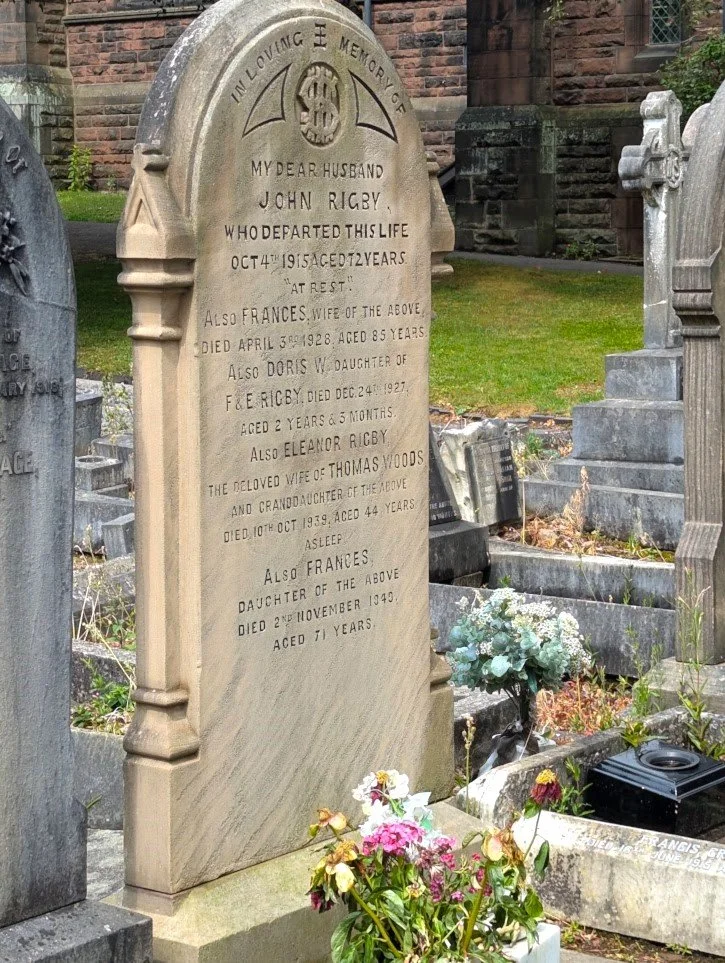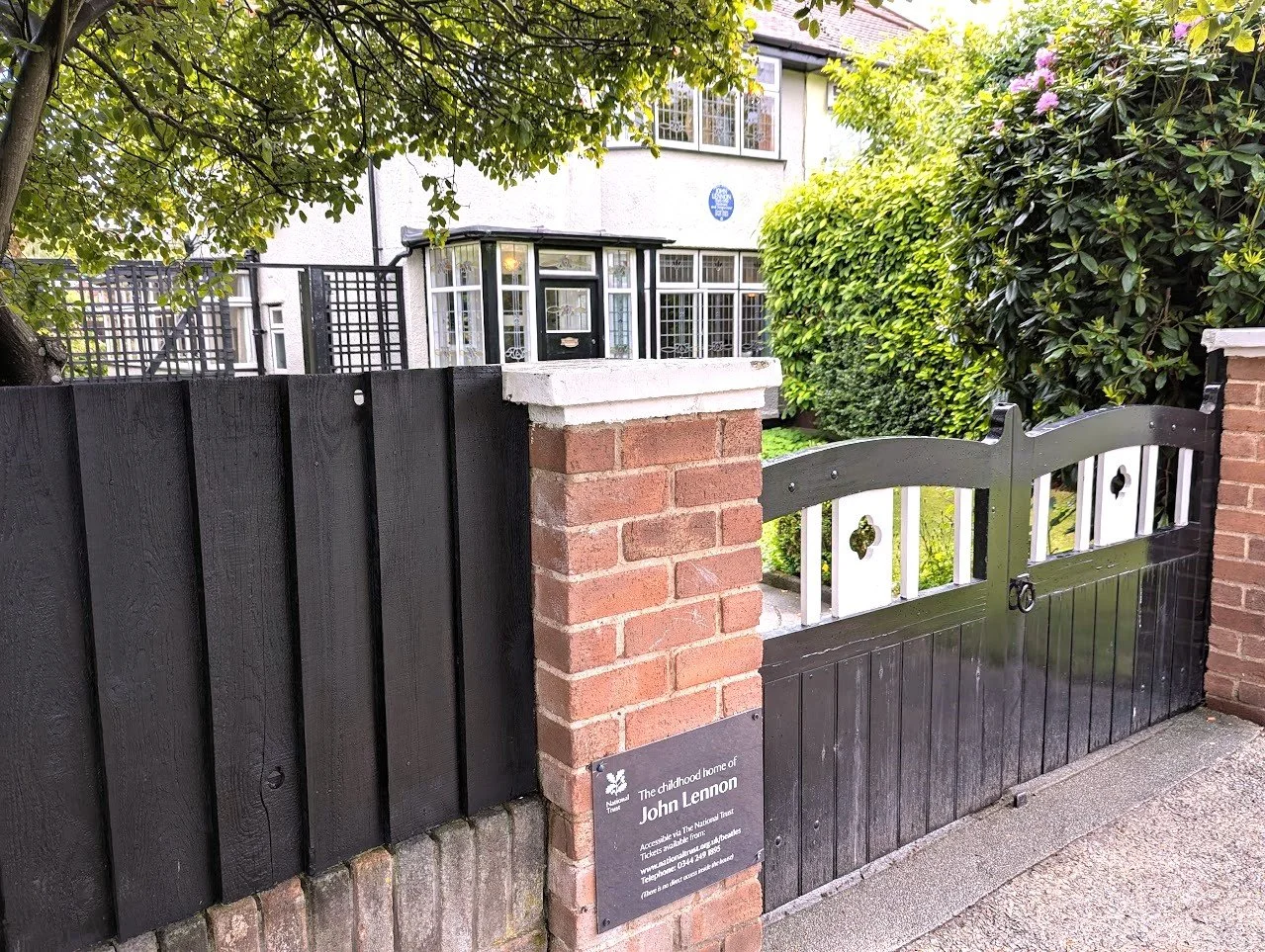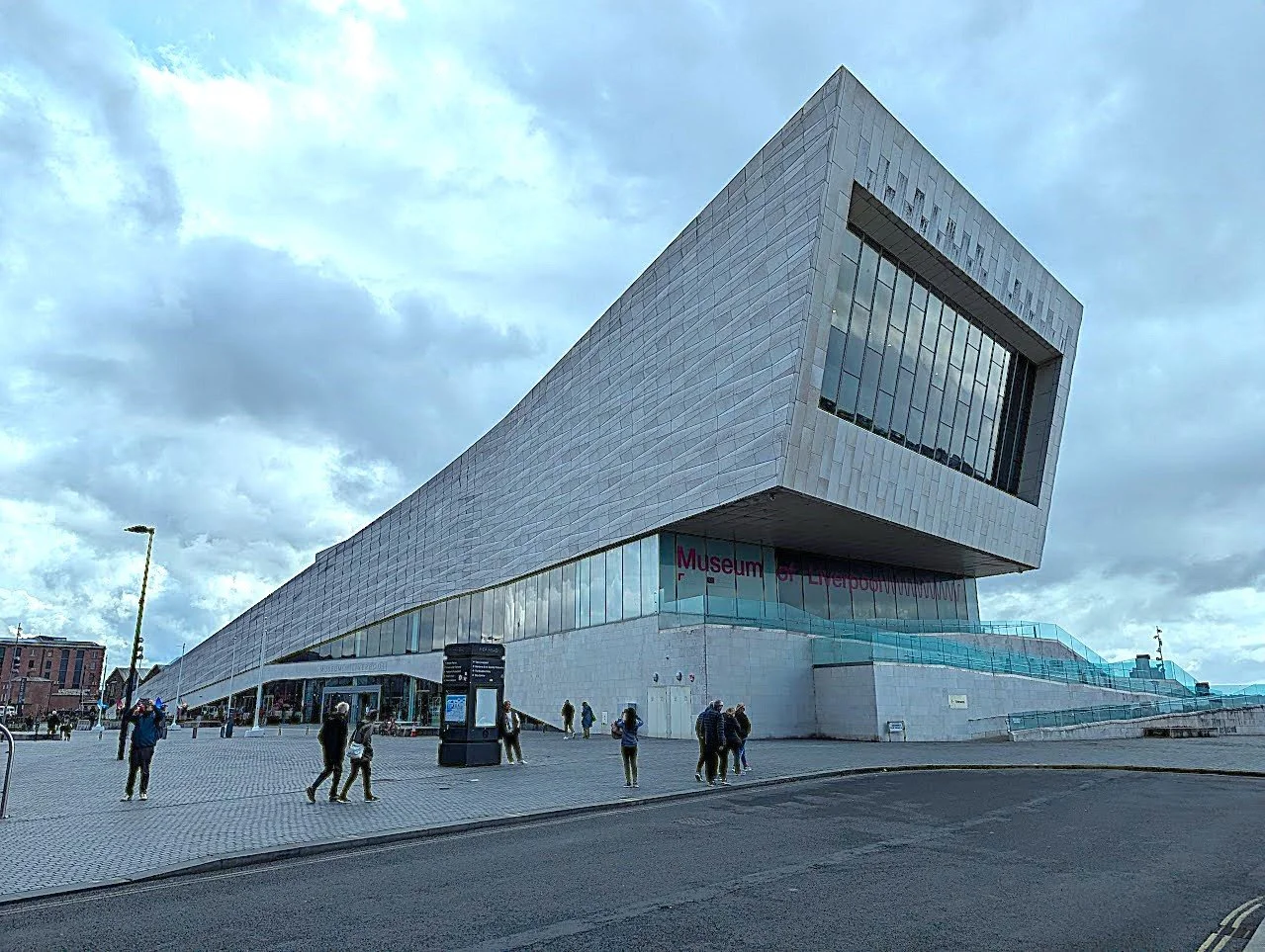Liverpool Showcases the Legacy of the Beatles and Its Maritime Tradition
The English city of Liverpool is located on the tidal banks of the river Mersey in the northwest part of England. Liverpool is the fifth largest metropolitan region in United Kingdom with a total population of 1,590,000 people and is growing at a slightly slower rate than the rest of the country. Liverpool has had an economy based on its port and manufacturing plants for centuries. Today, its massive shipping terminal, which is the most centrally located facility in the UK, manages mega vessels and large cruise ships. In recent decades, the traditional reputation of the city as being a hardscrabble community has been changing through the redevelopment of the waterfront and commercialization of the Beatles’ legacy into a major tourist attraction that has improved the city’s economy and cultural landscape. An estimated 800,000 people visit the city each year to experience the city’s connections to the famous group.
BRIEF HISTORY OF LIVERPOOL AND ITS PEOPLE
The first settlement at Liverpool was a small fishing village on the banks of the river that began to grow in the early 1200s when King John granted it a royal charter to establish a port, build a small castle and create a farmers’ market to use to dispatch men and supplies to oversee his interests in Ireland. Merchants and tradesmen soon followed and by the 15th century, Liverpool docks were exporting iron and wool and importing animal skins for village traders and the crown. Residents suffered during the English Civil War of the 1640s but the growth of new colonies in North American and the West Indies created new markets to supply colonists with raw materials. Later, the trading of tobacco, sugar, and slaves resulted in the construction of new docks in the 1700s along with impressive stone and brick buildings for these companies and their owners. By 1850, Liverpool had a population of 300,000 people including Irish immigrants and people working in supporting the cotton industry, shipbuilding, metalwork, and machine making. The next fifty years saw the development of a modern industrial city with impressive public buildings and institutions lining city streets with electricity, tram lines, and a growing population.
The years between 1940 and 1980 were difficult ones for the city as World War II bombings killed thousands and damaged its docks and factories. Subsequent economic downturns reduced prospects for workers and the poorer residents. This was the environment in which local rock and roll music initially known as the “Mersey Beat and later labelled as the “British Invasion” developed in the early 1960s. This music and the enduring worldwide success of the four Liverpool boys known as the Beatles was one factor in lifting the pride of the community. By the late 1980s reconstruction of the docks, new museums, and redevelopment of the downtown and retail trade energized the city. Liverpool was named the European Capital of Culture of 2008 and is now working to broaden the city’s appeal to domestic visitors and worldwide travelers. An estimated 115 cruise ships will visit the city in 2025.
BEATLES ATTRACTIONS IN LIVERPOOL
Liverpool has a variety of destinations scattered around the city that bring to life the story of the Beatles’ initial rise to global prominence as a band and later work on solo projects. Tourists have two main ways to learn about the band. The first way is to visit one of the Beatles related museums in the city. The Beatles Story Museum concentrates on telling the history of the Beatles chronologically to visitors using audio guides and exhibits to recreate key events and places, while the Liverpool Beatles Museum tends to focus more on the early years of the band and exhibits showing authentic items such as guitars. The other way is to book a private guided tour with one of the companies in the city that ferry people around to important locations and exhibits relating to the lives of the band members or provide a walking tour. The Team at Liverpool Famous Walking Tours provides a comfortable and comprehensive, small group, private tour of the major sites together with insider stories to enjoy. www.Liverpoolfamouswalkingtours.com
There are many spots around the city with connections to the lives and songs of the group, but here are some of the most interesting ones:
Beatles Statue – There is a prominent bronze statue of the four Beatles walking together located on the Pier Head waterfront near the ferry terminal and the Royal Albert Dock. Everyone flocks to look at the statue and pose next to their favorite Beatle as part of a visit to the city. Erected in 2015 and donated by The Cavern Club to commemorate the 50th anniversary of the group’s final appearance in Liverpool, each member was sculpted with accessories relating to their personal histories.
Cavern Club- The Cavern Club started out as a small venue for jazz enthusiasts in the cellar of a downtown warehouse basement in 1957. Some future members of the Beatles played there in the late fifties including Ringo Starr with Rory Storm and the Hurricanes and John Lennon and Paul McCartney in the Quarry Men Skiffle Group. In the early 1960s, however, Beat Music and rock and roll bands became popular and the Cavern Club was the place to be to see rising talent. Between 1960 and August 1963, the Beatles performed at the Cavern Club 292 times and the group evolved to include both George Harrison and Ringo Starr as key members along with the savvy Brian Epstein as the band’s manager and promoter. While the Beatles went on to record contracts and worldwide popularity, they honed their unique sound at the Cavern Club. The Club experienced many ups and downs, but dozens of important figures in rock and the music industry performed there in succeeding years. The reconstructed venue there today includes a pub area and a live lounge with regular performances and is part of every tourist’s Beatles experience.
Strawberry Field- The Beatles often included their recollections of local Liverpool sites in their songs such as the barber shop and fire station on Penny Lane, or the gravestone of Eleanor Rigby located in a local church yard. Similarly, John Lennon had fond memories of attending an annual summer fair at a children’s home known as Strawberry Field located outside of the city in Liverpool in Woolton village. The event raised money for the home and featured music, children’s entertainment, vendors, and games. John sought to recapture the wonder and delight of the Strawberry Field days in his song. Today Strawberry Field remains a popular stop on Beatles tours in Liverpool. While the Victorian house that once graced the lawn is gone, the Salvation Army and other non-profits supporting children have reinvigorated the site as a place worthy of the Beatles’ legacy. For a small admission of approximately $12 for adults and no charge for children, visitors can enjoy the attraction. The modern complex includes an exhibition honoring the site’s history together with items linked to John Lennon such as the piano he wrote the song “Imagine” on, a café, a garden with an outdoor stage for events and festivals, and a shop with a wide range of Beatles’ merchandise for sale including books, clothes, cards, and other memorabilia.
Beatles’ Homes- All four of the Beatles lived in and around Liverpool and the homes in which they were raised have either become national historic sites or are marked with a plaques honoring the family. None of the men were raised in privilege, and all four of them pursued a music career and succeeded even though London based record companies and broadcasters controlled the business. Seeing the council houses, schools, and neighborhoods in which they grew up further adds to the wonder of their story.
OTHER ATTRACTIONS IN LIVERPOOL
Waterfront- The skyline of the city is dominated by three large, majestic office and governmental buildings along the waterfront at the Pier Head known as the Three Graces which have been recognized as a World Heritage site. As you continue south along the Mersey River, there are four museums that attract tourists to the area. The Museum of Liverpool located in a modern structure highlights the city’s history from its docks to its culture. The International Slavery Museum and the Merseyside Maritime Museum have exhibits that present the history and tragedy of the city’s shipping and maritime past. Tate Liverpool was created to display works from the Tate Collection of British Art from 1500 to the present together with international modern art and temporary exhibitions. The next series of docks contain major attractions including the Wheel of Liverpool, the Echo Arena, and an Exhibition Center which collectively hold many concerts, conventions, and events.
Downtown Shopping- There are two principal shopping areas downtown which visitors seem to enjoy the most. Liverpool One is an expansive development featuring over 170 shops including English department stores and numerous high street brands, restaurant and entertainment venues. Nearby is pedestrianized Church Street which also has luxury brands and department stores such as Marks & Spencer and Primark.




